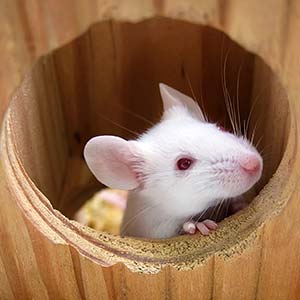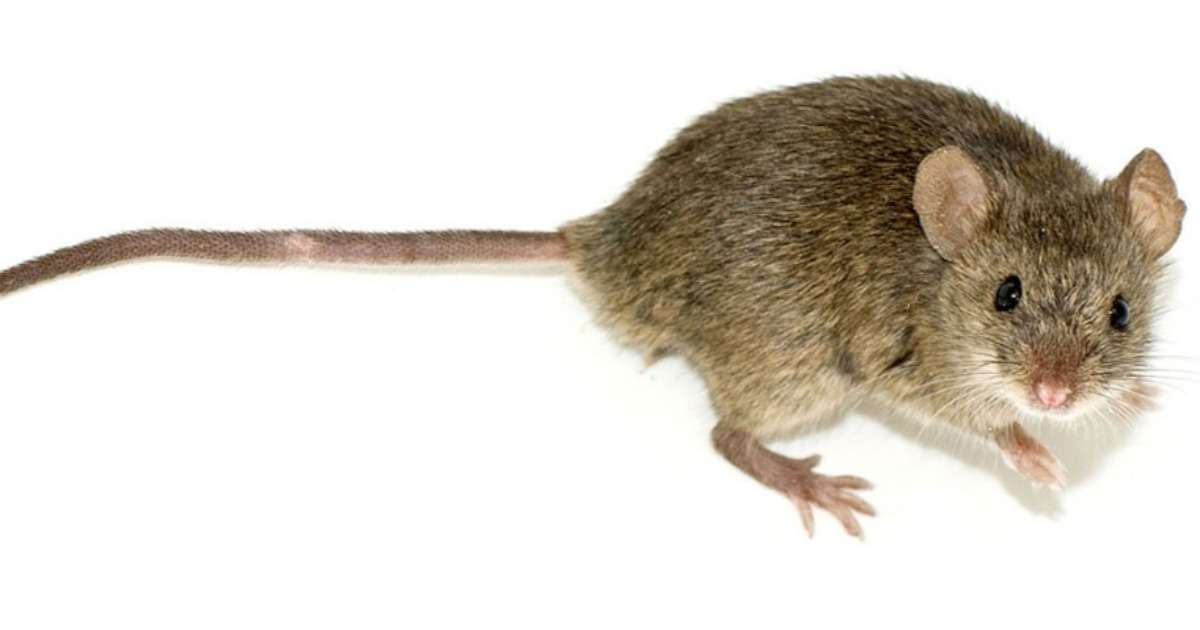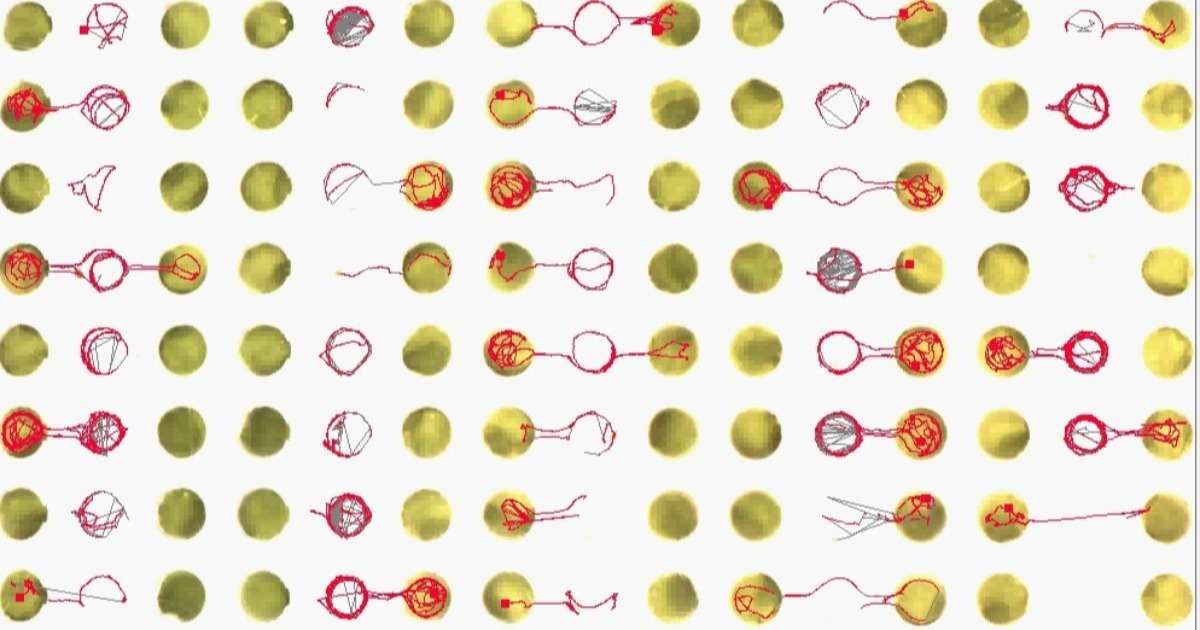
How to know if an animal is nauseated
Studying behavioral patterns associated with emesis (vomiting)
Nausea and vomiting. Not the most pleasant thing to talk about, but unfortunately it is a prominent factor influencing the quality of life for patients undergoing treatments such as chemotherapy. That is why it is useful to study the nauseating side effects of therapies or the anti-nauseating potential of drugs on animal models. But rats and mice cannot vomit, making it hard to study nausea in animal models.
Finding behavioral indicators
When you cannot observe the clear sign of nausea known as emesis (vomiting), other related behaviors become especially important. But to find out what these behavioral changes associated with emesis are, you need to start with an animal model that actually can vomit.
Horn et al. (2011) recently used shrews in their research to get a better understanding of nausea. With a statistical method to determine patterns of behavior associated with emesis, they use a computational approach that could represent a novel way to develop a behavioral index of nausea.
Long and short term experiments
The hypothesis of this study is that emesis is associated with behavioral patterns of reduced feeding and movement; a profile of sickness or nausea. To test this, two experiments took place. The first was a short term (2 hour) experiment which involved placing a shrew in a round chamber after injection with cisplatin (a chemotherapy drug known for causing nausea and vomiting as side effects) and monitoring its behavior. In the second, long-term experiment, each shrew was individually placed in a cage with food and water. The experiment took 96 hours, in which injection with cisplatin took place after 24 hours. Again, behavior was monitored.
Behaviors associated with emesis
To study the behavior of the shrews and analyze the data, Horn et al. used three software programs. Videos of both experiments were imported into The Observer XT for behavioral coding and EthoVision XT for automatic tracking of behavior. Examples for manually coded behaviors are emesis, eating, and drinking. Examples for automatically tracked behaviors include locomotion and turning. Next, both data sets were imported into Theme for temporal pattern (T-pattern) analysis.

The analysis with Theme revealed a large number of non-random patterns of behavior associated with emesis. Examples include sniffing, changes in body contraction, and locomotion. Although some patterns were unique to some shrews, it was obvious from the set of detected patterns that many shrews share similar event types in these emesis-related patterns. In the short term experiment, locomotion was inhibited after the occurrence of emesis. However, in the long term experiment there were no significant changes in locomotion before or after emesis. Ingestive behavior and complex movements including rearing, grooming, and rotation were significantly less common in emesis-related patterns.
Future possibilities
This pattern-based approach holds promise for future research. As the authors state: “The current approach might eventually lead to a focus on patterns of behavioral changes as appropriate targets for assessing the more global effects of potential anti-nausea drugs. Conversely, having a more thorough assessment of animal behavioral patterns might show potential limitations of anti-emetic drugs to control nausea and or visceral sickness.”
Read more
Horn, C.; Henry, S.; Meyers, K.; Magnusson, M.S. (2011). Behavioral patterns associated with chemotherapy-induced emesis: a potential signature for nausea in musk shrews.Frontiers in neuroscience, 5, Article 88.
Get the latest blog posts delivered to your inbox - every 15th of the month
more

Father’s genes affect their offspring’s future success
The early life environment of male bank voles can influence their offspring significantly. Both social stress and nutrient supply have an effect on the chances of survival for two generations.
IR backlight in rodent behavioral testing
How do mice act in complete darkness? Ann-Kristina Fritz and her colleagues ordered a large, round open field with IR backlight, custom made by Noldus, to investigate.

